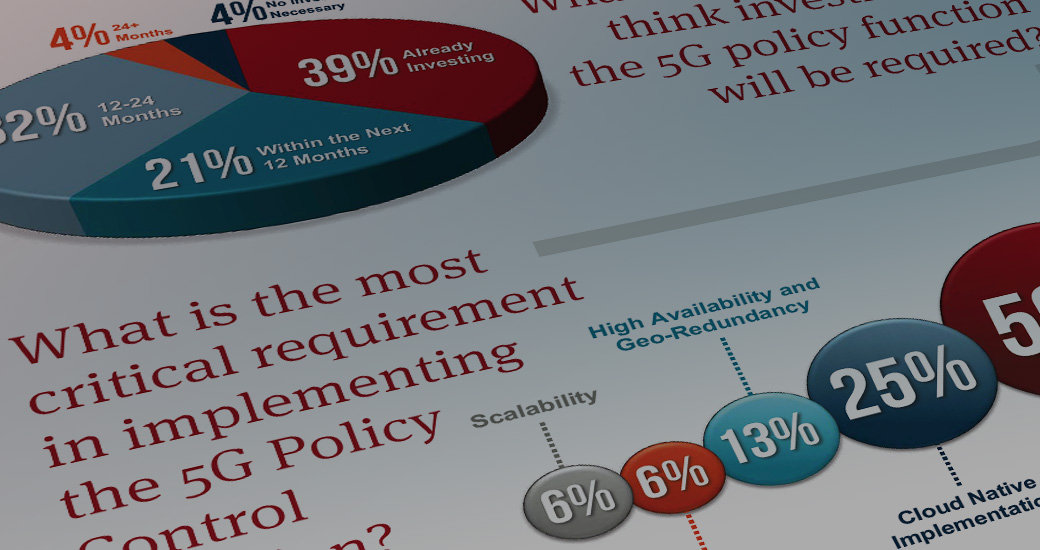How do you modernize the infrastructure of an industry as essential to our world as telecommunications? You could hedge your bets and start very carefully and slowly, which seems prudent. After all, telecommunications providers have extreme requirements for the availability and performance of network infrastructure, hardware and software: 6 9s, or 99.9999% availability. That equates to downtime (unscheduled) of no more than 31 seconds per year for carrier-grade infrastructures. Adding new software to such an existing infrastructure is no small matter.
Yet the window of opportunity to modernize and compete may be closing, as the recent spate of merger news from Level 3 Communications/CenturyLink, ATT/Time Warner, and Verizon/Yahoo points to fractures in the foundation of the telecommunications world.
Challenges facing operators and carriers
Legacy telcos, mobile carriers and CSPs (communications service providers) are being squeezed by challengers – including over-the-top (OTT) players like Google, Facebook, and Amazon – as well as application providers that are populating the handsets of every telco’s customers. Traditional revenue streams are being eroded in many different ways, even as time spent on devices increases.
Subscribers – especially mobile users – are savvier and less loyal. Their expectations are rising as they interact with over-the-top players and app providers on their devices in real time; they expect the same level of personalized real-time service and interaction from their service provider. When they don’t get it, they switch carriers.
There is a huge cost to customer churn, estimated to be as high as 70% for carriers and CSPs in the Asia Pacific markets, where pre-paid plans are the norm. In the US, where post-paid contract plans prevail, the percentage is much lower, averaging about 2% for the four major carriers. But demands on network bandwidth are increasing as the percentage of smartphones as a share of mobile devices stabilizes and the Internet becomes the driver of growth for industries as wide-ranging as retail, banking and advertising.
Despite growing competition, telcos have an unmatched opportunity to thrive not only because they have so much data about their customers, but also because they own their networks. They have immediate visibility into quality of service (QoS), from latency connecting calls to slowdowns in app downloads or blips in streaming of YouTube videos. What will fuel their growth without ceding more competitive ground to OTT services?
Fast data is the key.
Fast data in telco
Fast Data is data in motion – live streams of data that provide information about the person, device or process that generated it. Fast data comes from real-time customer interactions or operations. It’s generated by thousands of unique data sources (people, smartphones, sensors, machines), contributing or exchanging data at high velocity, in high volume.
Fast data contains valuable potential insights but these insights are perishable and the opportunity to act on them is lost when the moment passes. However, with the right data management tools, it’s possible to augment the data in real time with contextual information drawn from the data lake. What this requires is a fast data pipeline, based on a technology stack that has the ability to ingest data at wire speed, analyze the data in real time, act on the data in the stream, make a decision, and thus extract value — recommendations, decisions, and actions — as fast as data arrives, typically in milliseconds.
Telco applications need a fast data stack that not only captures and pipes streaming data, but also enriches that data by adding context and personalization, acting on it before it becomes data at rest. These high-velocity applications require the ability to analyze and transact on streaming data.
Let’s look at five telco applications where fast data is a game-changer.
Correct billing (OSS/BSS)
Telcos impose strict guidelines for network efficiency and rely on OSS and BSS software to minimize operational and administrative expenses, reduce the time and cost of bringing new services to market, and handle policy management, billing management, and bill mediation. How does fast data help here? Traditional databases are too slow to ingest fast streams of data, analyze the data in real time, and make per-event decisions on the analyzed stream. Competing approaches, including stream processing and complex event processing, rely on batch processing, and lack the ability to perform real-time analytics with per-event decisions. Fast data solutions such as Volt Active Data perform streaming analytics on vast flows of data and enable the automated, real-time decisions required of OSS/BSS applications. Read about how Openet uses Volt Active Data to ensure precision in billing, while meeting tough latency SLAs, in the case study.
Personalization
We’ve already discussed how telcos, CSPs and their ISPs really know their customers. Delivering a real-time, accurate, highly personalized user experience to every subscriber on any device increases subscriber satisfaction, reduces churn and increases loyalty. In addition, the ability to perform real-time user targeting on fast streams of data allows service providers to build new service offerings and promotions to increase revenue. Read how Emagine delivers software that enables telcos to make highly-personalized, relevant offers to their customers, increasing loyalty and reducing churn.
Subscriber management
Managing user sessions in real time to ensure a personalized, continuous experience requires fast processing of user data from the network. Service providers need the ability to monitor and analyze user session data of millions of users in real time on a per-event, per-person basis. Volt Active Data provides real-time analysis of subscriber data based on event triggers such as the end of a call, use of the mobile device in a particular location, or a user hitting a data usage threshold. See the Openet case study for more.
SLA management
When a call is placed in the network, it must meet a strict SLA requirement (responding in 50ms or less, 99.999% of the time) to authenticate the call and complete the billing cycle. If a call authorization request does not receive a timely response, a call is usually connected to maintain customer satisfaction without actually billing the customer. This significantly impacts revenue. Another undesirable option is to refuse to connect the customer, which results in a de facto network outage.
Session management
Service providers need the ability to monitor and analyze user session data of millions of users in real time on a per-event, per-person basis. Identifying individual users from device ID data and connecting it to in-progress session data lets CSPs and telcos provide a seamless user experience across a customer’s first and second screens. Fast event data ranges from a request for a media inventory search to actual media segment request. With Volt Active Data, this data leads to identification of the context necessary for each event or data point to provide a continuous experience for the customer across multiple devices.
Tier 1 Telco software solutions are in a service provider’s call path. Any delays in ingesting, analyzing and acting on subscriber data can result in missed SLAs, missed opportunities to interact with subscribers, subscriber dissatisfaction, and churn. With the Volt Active Data cloud-deployable, transactional database, Telco software providers – and Telcos – get a telco-grade database that scales out to handle high-volume data streams, enabling telco software companies and communications service providers (CSPs) to take action on streams of data in real time.
Download Volt Active Data today to see the value of a fast NewSQL database for telco applications.




